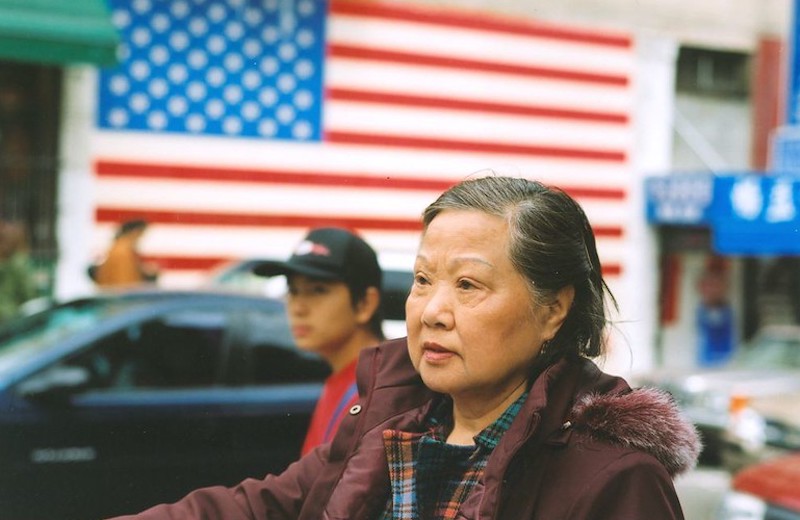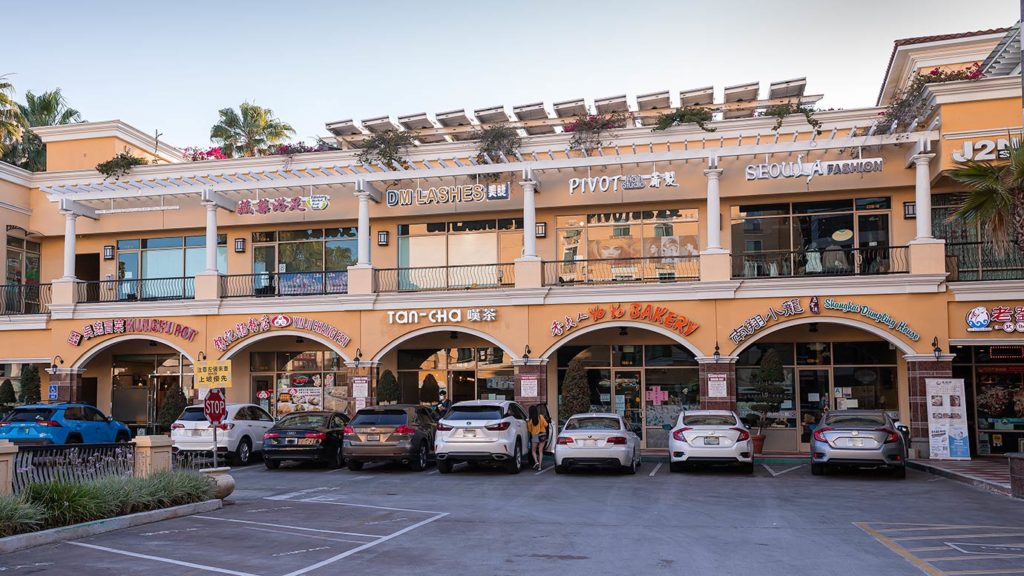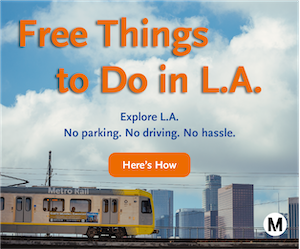
“Chinese, Japanese, dirty knees, look at these!”
The taunt went on and on, repeated by kids not much older than us. I was six, with the only other Asian kid (friend by default) at my school in Wisconsin, trying to share the monkey bars with these “poets.” It was my first lesson in a series of thousands that taught me I would never fit in. It was the first time I experienced that very specific feeling of shock when you first comprehend what is happening: a verbal attack based not on anything you did nor what they know about you, but on how you look, a function of ancestral origin. Eventually, I got tired of the same kind of learning and trying to achieve something I never could: whiteness.
I was a young adult when I moved to Los Angeles. It’s a place that, depending on where you stand, prides itself on its diversity. It’s home to a slew of communities of color. It’s where white people are perhaps a little less fragile.
COVID-19, however, has become another flashpoint in time, pointing the weathervane of prejudice in the direction of Asian Americans, like the Japanese pulverization of the American auto industry in the 1980s, the competition for jobs leading to the Chinese Exclusion Act in the 1880s, and all the wars with Asian enemies in between.
In the past month, the STOP AAPI HATE reporting center has received 1,500 accounts of coronavirus discrimination, with 58% of all reports occurring in California and New York. That amounts to 50 incidents per day, and that’s only counting the ones that people have reported.
According to those same reports, Asian American Pacific Islander (AAPI) women were harassed 2.3 times as much as AAPI men. Since the pandemic hit, an Asian American woman had acid thrown on her face when she was taking out the trash in Brooklyn and three family members, including a 2-year-old and 6-year old, were stabbed in a Sam’s Club in Midland, Texas. The Texas suspect told authorities he did it “because he thought the family was Chinese and infecting people with the coronavirus.”
It doesn’t help that the President has referred to COVID-19 as “The Chinese Virus” in a clear deflection of his incompetence, emboldening racists to find faces to blame. Some of those faces belong to people actually fighting novel coronavirus. If it had originated in Sweden or France, chances are nil that he’d insist those countries’ names be etymologically appended to what’s scientifically known as COVID-19.
I absorb figures like those from Stop AAPI Hate to internalize and never forget that racism happens here, too—even if I supposedly ran away from it. Thanks to my privilege—and probably lack of reliance on public transportation, where many of the xenophobic experiences have happened—the last racist thing said to me was on Facebook, which was easy to block out with few consequences.

But what resonates with me as a food writer has to be the early struggles of restaurants in the San Gabriel Valley. Even before Garcetti’s Safer At Home order on March 19, Kristie Hang reported for Eater LA about Chinese restaurant closings exacerbated by the coronavirus and overall business being down anywhere from 30–75%. Restaurants in New York Chinatown also experienced sharp drops in business as far back as February, when there were no confirmed novel coronavirus cases in NYC and when people could still dine in.
Sure, some reasons for these closures include the stop of tourist inflow, margins too thin to support takeout, and would-be customers staying home to cook. But there’s no denying that xenophobia comes into play not only when there’s vandalism, but when Chinese restaurants are also closing at double the rate of others, as cited in the #TakeOutHate campaign. In New York Chinatown, which has been the hardest hit, less than 15% of restaurants remain open today. I plan to have a lot more takeout from SGV in the near future.
Probably as a coping mechanism, I find my internal thoughts playing tug-of-war. They move between downplaying the temporary fear generated by the pandemic compared to the violence black Americans have to face every day, and validating the real racism that Asian Americans face. It was a fear that I lived with every day in middle and high school in Wisconsin. But this is not an either-or problem. These insidious acts all exist to dehumanize and in and of themselves present unique challenges. We face different strains of racism, but none is less valid than another. We need to claim that urgency and speak on it out loud.
As I said before, one of the last racist comments I received was on Facebook. A random white person told me that I, in fact, don’t experience discrimination. I had never met her, but she proclaimed this like it was fact, and I imagined it coming from somebody that I might know.
Her comment was a product of the model minority myth doing what it was designed to do: Render us voiceless, yet still a weapon with which to bludgeon black and brown people, while making us interchangeable as members of a monolith with no unique experiences. One result is Trump refusing to answer CBS White House Correspondent Weijia Jiang’s question, telling her instead to “ask what China thinks” because she looks a certain way. Then, he presumed to speak for all Asian Americans in a tweet.
In truth, we don’t know when these targeted acts of violence will happen to us, and just the prospect of them makes me slightly anxious whenever I go out. They come in the form of microaggressions, known as death by a thousand cuts. They come as explicit acts of verbal and/or physical violence, and everything in between.
We also face the grave danger of internalizing this racism. I failed to scrutinize the headline photos chosen to accompany initial pandemic headlines. Only after I had did I realize that they were all pictures of Asians in masks, even when the story took place in the U.S.
All of this is exhausting, but when we emerge, we might be presented with an opportunity to re-examine ourselves and how we, as Asian Americans, think about race and treat others in return. The response is not to prove how American we are as a function of assimilation. Nor is it to clarify our ethnicity to disassociate ourselves from the actual Asian country a slur refers to, throwing members of said ethnic group under the bus.
These lessons I carry forth from the 80s and 90s, when my family bought only American cars even though they broke down all the time. That didn’t save me at school. Chinese American Vincent Chin was murdered 300 miles away by laid off auto workers when I was just a toddler and there were regular reports of Japanese cars getting shot at—yet another lesson that it could happen to me.
We are always the other, and even as a model minority, our acceptance is conditional. What do we do about it?
We must be anti-racist, no matter whom is aggrieved and who is being prejudiced. It’s never enough to simply not embody racism because a bystander who doesn’t challenge racism is an enabler. How many times have we experienced racism to be further wounded by the failure of others to stand up for us?
When Southeast and South Asians are underrepresented (as in the recent PBS treatment), do we say anything? When our brown and black brothers and sisters are accosted, do we stand up for them? Do we recognize that the land we inhabit was stolen from Native Americans? What about our LGBTQ and gender fluid friends and the specific ways they intersect with our communities?
The only way to get through this is in solidarity. Listen to someone’s story and learn a lesson. Reach out during this stressful time and make sure people are OK. Feed Chinese American seniors in New York. And support your local Chinese and other Asian restaurants with takeout orders!



